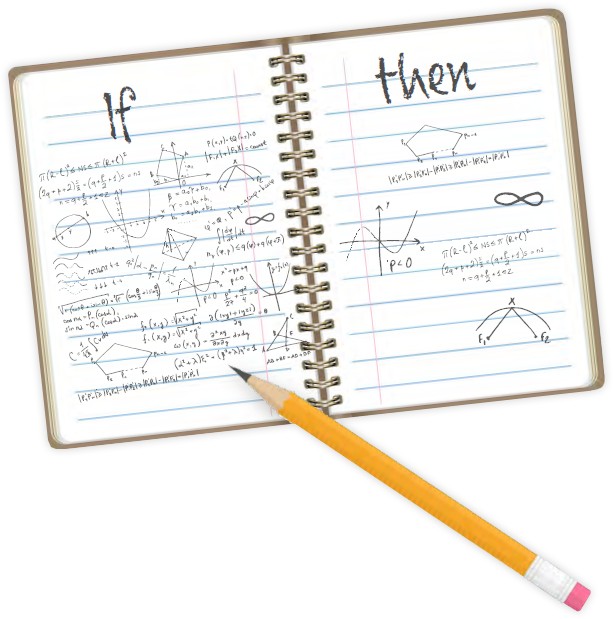You’ve mastered some great challenges in this module.
Great job! Now for a new kind of adventure, the next stop is a Coding challenge. Learn how to take control through programming. Good luck!

Experiment |
Arduino Saves the World!
Grades:
Time:
Subject:
5-7
20-30 minutes
Computer Science, Electronics
In this activity students brainstorm ways to create robotic-electronic projects that can help improve our world! Going through a design process that focuses on sharing information through the Open Source model, students think about people around the world and what kinds of inventions will improve people’s lives.
Arduino is both an Open Source hardware AND software platform that enables creators, inventors, students and just about anyone to learn basic electronics and coding to make projects. A very cool aspect of Open Source is it “shares” by design. If you create or invent something and then “Open Source” it to the world, it becomes freely available for everyone to use. People in the Open Source community “share” and “share alike” to create things that are mutually beneficial. In this activity, you will brainstorm some ways to create something that you would share with the world to make it a little bit (or a lot) better.
Understand & Recognize:

The only materials you need for this project are pencil paper and a lot of imagination.
Take the time to know these important terms that will help make you a Master Maker and Arduino Artist! These are all mentioned in the video so watch it again if it helps you remember.
Open Source: A model of sharing inventions and information for others to use, improve and share again.
Hardware: The”physical” part of a computer or device. If you can thump it on a table, it’s probably hardware.
Software: The computer program or “instructions you write” for the hardware. It’s not something you can thump on the table, but the hardware is worthless without it.
Sketch: A “sketch” in Arduino lingo refers to a computer program you’ve written in the IDE to run your Arduino hardware.
Code: The actual lines of instruction in your computer program (sketch) are code. Code is written in different languages such as Arduino. Code is also a verb – “I’m going to code for a few hours – see you later!”
Input: Things that go “into” a computing system are input. When you type on your phone you are “inputting” information.
Output: Something that come out of. your computing system, like the display on a smartphone, is “output.”
Read Overview and watch video. Need paper & pencil for Brainstorming activity!
This activity assumes you have no actual Arduino hardware OR software to work with. You will use your imagination to design your very own Arduino oddball project that you will contribute back to the Arduino community to share. Brainstorm your project and how it will help someone, somewhere. Then sketch your Arduino creation on a piece of paper and label the INPUT and OUTPUTs of the project. Your project and creation must meet the following criteria.
Have fun and come up with something strange and wonderful that improves the planet we live on in some way! Imagine sharing this project now with people around the world in an Open Source community. What kinds of people will benefit from your invention? Where will it do the most good?
Great job! Now for a new kind of adventure, the next stop is a Coding challenge. Learn how to take control through programming. Good luck!
Educator Info
To faciliate this activity it is recommended you have reviewed the Overview content and background information as well as done PDQ 1and 2 of this module. It will help you guide this activity more successfully. This activity can be done by students even if they have not done other projects in this module, but the additional background is helpful.
Coding is not creative. Not true! Solving problems efficiently and elegantly requires great creativity. When you design a project like this you are laying the foundation for a computer progrram. The program is the instruction set to execute your solution and it requires a lot of creativity to do it well!
 Intro to Arduino by Robert O. Grover & Team databot™ is licensed under a Creative Commons Attribution 4.0 International License. Permissions beyond the scope of this license may be available at databot.us.com/contact.
Intro to Arduino by Robert O. Grover & Team databot™ is licensed under a Creative Commons Attribution 4.0 International License. Permissions beyond the scope of this license may be available at databot.us.com/contact.
![]()